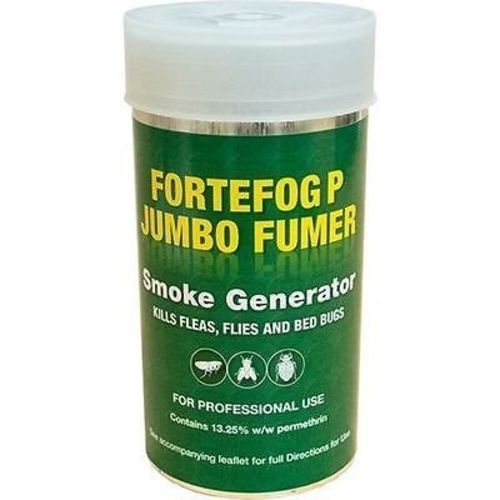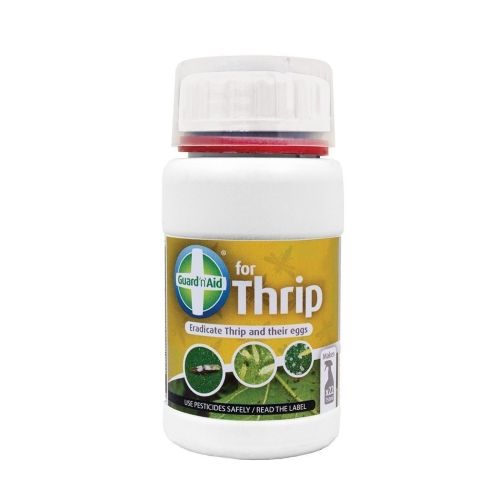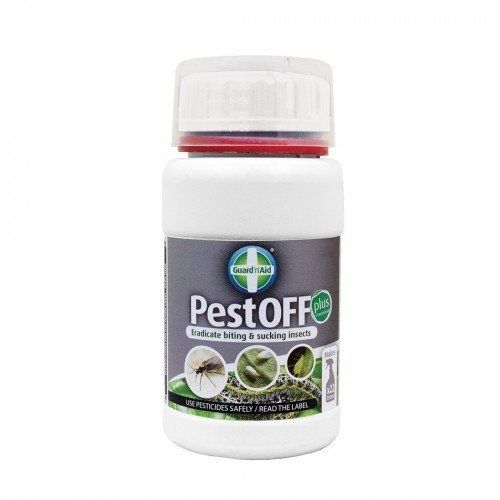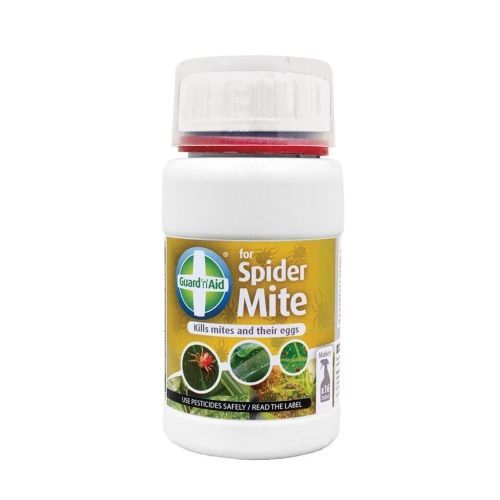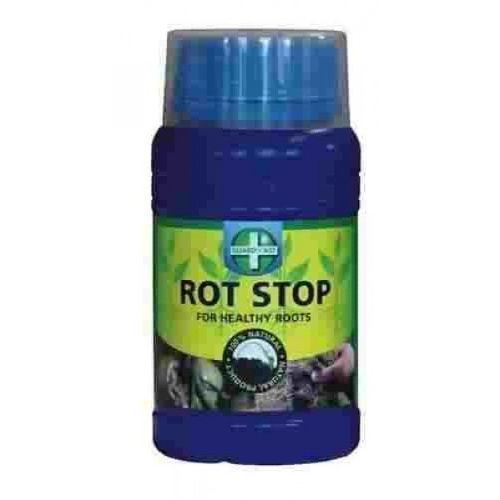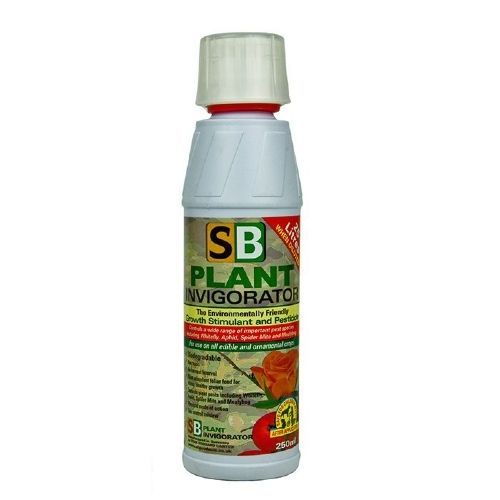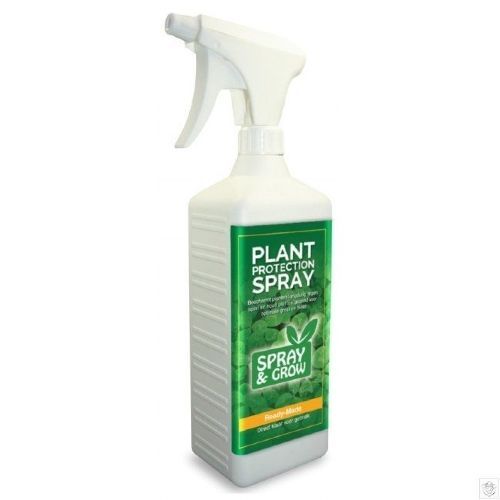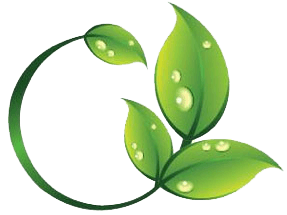Pest Control in a Hydroponics System
Check out the various methods to prevent or control them!
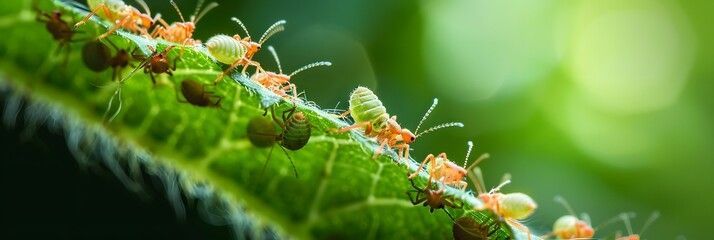
In a hydroponic system, managing pests is crucial to maintaining a healthy, thriving environment for plants. Since hydroponics eliminates soil, which typically harbours pests, it can reduce the likelihood of certain insects, but there are still several strategies to control pests that can still affect the plants, water, or grow medium.
Here are some effective methods for pest control in hydroponics:
1. Preventive Measures
Quarantine New Plants: Before introducing any new plants into your hydroponic system, keep them isolated for a week or two to ensure they’re not carrying pests or diseases.
Maintain Cleanliness: Regularly clean and sanitise all equipment, such as trays, reservoirs, pumps, and pipes. Preventative cleanliness can drastically reduce pest buildup.
Environmental Control: Keep humidity levels and temperatures within the optimal range for your plants. Extreme conditions (too high or too low) can stress plants and make them more susceptible to pests.
Use Screens and Mesh: Prevent pests from entering your grow area by using mesh screens around vents, windows, and openings in the growing area.
2. Natural Pest Control
Beneficial Insects: Introduce natural predators, like ladybugs, predatory mites, or nematodes, to keep pests like aphids, spider mites, and thrips in check.
Neem Oil: A natural pesticide, neem oil is safe for plants but effective against a wide range of pests, including aphids, whiteflies, and mealybugs. It also works as a fungicide.
Diatomaceous Earth: This powder, made of fossilized aquatic organisms, is harmless to plants but deadly to insects with exoskeletons, like ants, mealybugs, and thrips.
Insecticidal Soap: This is effective for soft-bodied insects like aphids and spider mites. It’s non-toxic and safe for plants when used properly.
3. Cultural Practices
Pruning and Removal: Regularly inspect plants for pest activity. Prune infected areas or leaves to reduce the spread of pests.
Avoid Overcrowding: Overcrowded plants are more likely to develop pest problems because it provides a more favorable environment for pest growth. Proper spacing helps with air circulation and reduces humidity.
Adjust Light Intensity: Pests like spider mites thrive in the heat. By managing the light intensity and the temperature in your grow room, you can make the environment less inviting for pests.
4. Chemical Control (When Necessary)
Hydrogen Peroxide: A mild solution of hydrogen peroxide in water (usually 3% diluted with water) can help sterilize your hydroponic system, killing pathogens and pests. It’s non-toxic to plants when used in moderation.
Pesticide Applications: As a last resort, if an infestation becomes severe, you can use chemical pesticides, but you must choose ones that are safe for hydroponics and use them sparingly. Always follow the manufacturer's instructions and avoid using pesticides that could harm your water or plants.
5. Monitoring and Early Detection
Regular Inspections: Set aside time daily or weekly to check plants for signs of pests, such as discoloured or damaged leaves, sticky residue (from aphids), or webbing (from spider mites).
Yellow Sticky Traps: These can catch flying insects like whiteflies or fungus gnats and help monitor pest levels. This also helps prevent large outbreaks.
By combining preventive, biological, and cultural pest control methods, you can effectively manage pests in a hydroponic system without compromising plant health.

